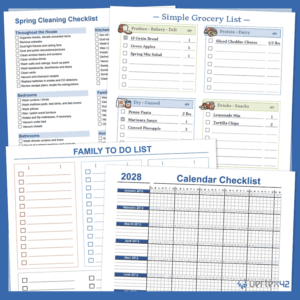A reusable blueprint for creating lists and a tangible instance of a list are distinct concepts. The former serves as a pre-designed structure, specifying the columns, data types, and often, the initial settings for a list. It is a model that can be replicated to generate multiple lists with consistent attributes. The latter is an actual, populated list that exists within a system, holding data and reflecting the settings defined either directly or through the application of a pre-existing model.
Employing these blueprints offers several advantages. They promote standardization across an organization, ensuring uniformity in data collection and management. This consistency streamlines processes, reduces errors, and simplifies reporting. Furthermore, they expedite list creation, saving time and resources by eliminating the need to configure each list from scratch. They also simplify maintenance, as changes to the original model can be propagated to lists derived from it, ensuring ongoing consistency.
Read more
